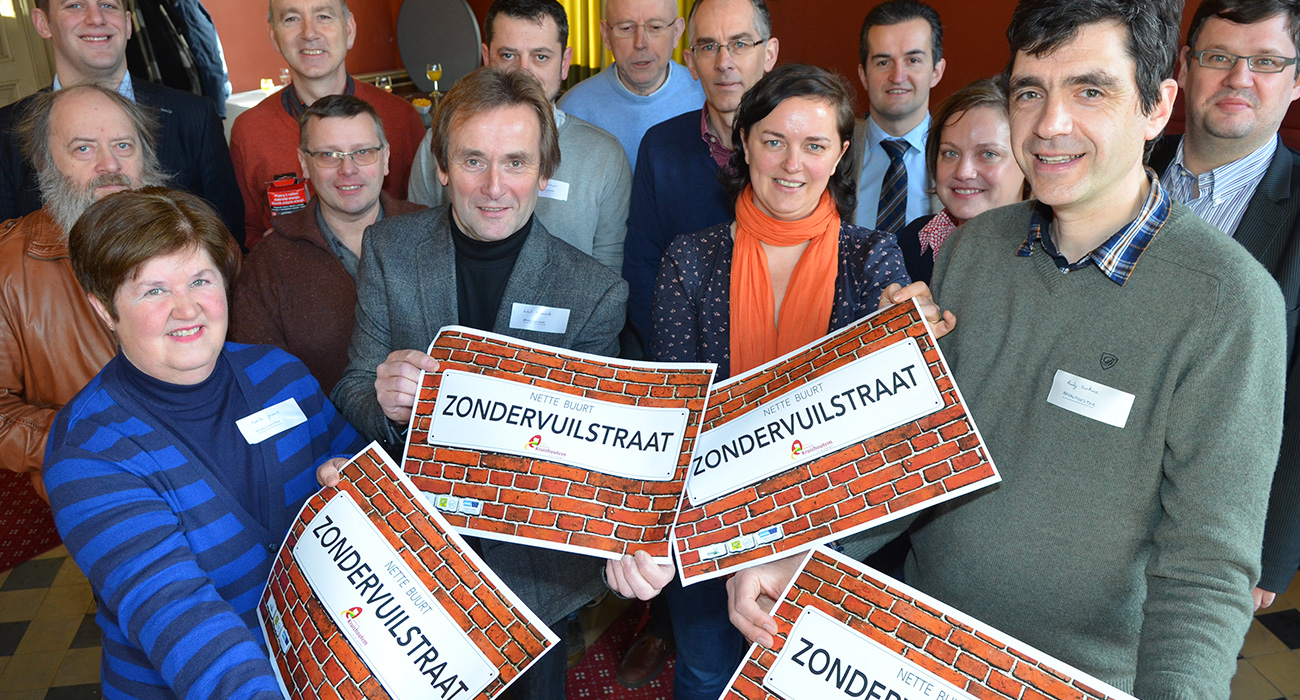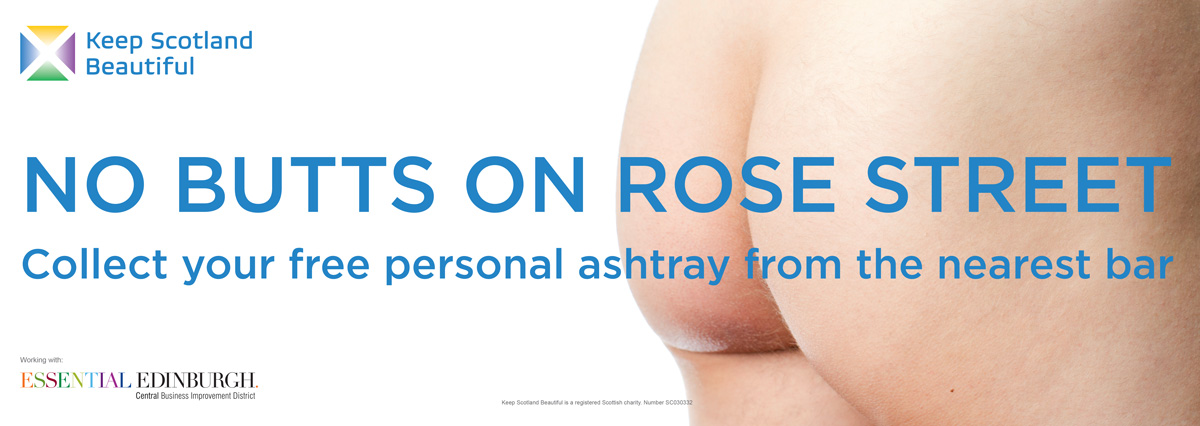
Hold that butt: preventing litter from cigarette ends
Cigarette butts are not biodegradable and are highly toxic. By raising awareness of the long-lasting negative environmental impact of cigarette butts (as with other forms of litter), litter prevention experts can encourage smokers to think twice before flicking their cigarette ends into the environment. Many smokers think that cigarette butts are inoffensive. Changing that perception could hold the key to reducing littering of cigarette butts.
Another strategy to prevent the littering of cigarette butts is to work with owners of pubs, shops and other kinds of spaces where people congregate, to place strategic cigarette bins to help smokers dispose of their butts properly. Some litter prevention experts also use charters, pledges and awards to engage shopkeepers in the fight against cigarette butt littering.
These are just a few takeaways from a workshop recently organised by Mooimakers, the Belgian litter prevention organisation, and supported by the Clean Europe Network in order to exchange best practices on how to fight littering of cigarette ends. Members of the Clean Europe Network organise several workshops per year in order to share their experience with the other members.
Vilvoorde, the municipality where the workshop was hosted on 28 June, is piloting the use of “grounded” ashtrays. These ashtrays in the grounds are placed in locations with a high incidence of cigarette butt littering such as bus stops and trains stations. So far, results look promising. The city of Mechelen, in Flanders, is also trying out the grounded ashtrays.

The giant cigarette butt pictured above is an awareness raising measure that rotates across the city of Oslo, the Norwegian capital. Experts from France at the workshop noted that cigarette ends are the third most littered item in France, but they are an important litter challenge for all countries. For more information, do not hesitate to read through the workshop presentation slides below.



























